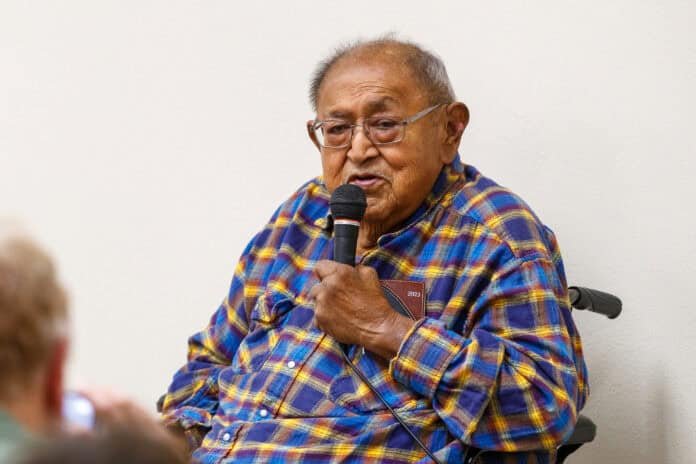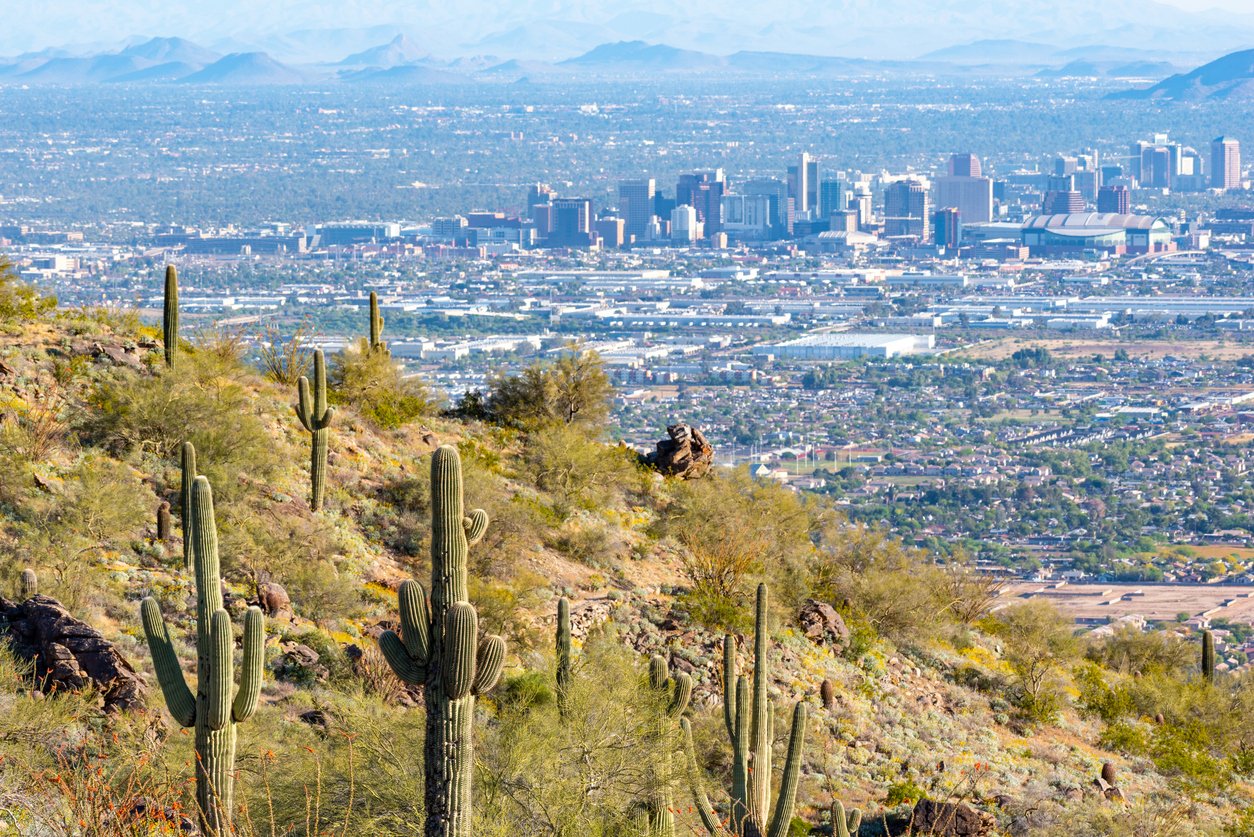“It's not like the movies.”[National Lampoon’s] “A 'vacation' is when you take a family on a trip across the country, hop in the car, have a look, hop back in the car, go to the next spot, get in the Grand Canyon, have a look inside, hop back in the car and go,” the late Vincent Randall can be heard telling the more than 4.5 million tourists who visit Grand Canyon National Park each year, every hour on the hour.
Randall, a member of the Dirge Apache tribe and former tribal council chairman of the Yavapai Apache tribe, passed away on December 16 at the age of 83.He will narrate Grand Canyon National Park's new orientation film, “We Are Grand Canyon,” in which representatives from 11 tribes with traditional ties to the canyon talk about their cultural connections to the place.
““Randall's legacy to the local community is multifaceted and complex,” said YAN archaeologist Chris Corder. “On the reservation, he was a statesman and a cultural expert on Apache history. … He was equally, if not more, known throughout the Verde Valley as a lifelong teacher at Clarkdale and a respected basketball and volleyball coach. I gave his memorial speech two days before Christmas last year at the old Clarkdale Men's Club, and between 400 and 450 people from all walks of life and cultures attended.”
Randall began visiting the Grand Canyon in the 1940s, accompanying his father and uncles and accompanying his mother and grandmother on week-long trips to gather piñon nuts and plant medicines.
The Dirge Apaches historically used the South Rim for resource hunting, particularly deer, and “drew the antelope from the rim into brush enclosures toward Red Mountain,” Corder said.
“The Yavapai Apache are an artificial amalgamation of the Yavapai and Apache tribes. [Yuman-speaking] “This association was formed through the Indian Reorganization Act of 1934, which was part of the New Deal. The cultural connection to the Grand Canyon is primarily through the Apache side. But if you look into the history of the Hualapai, the Yavapai originate from the western edge of the land.” [Grand Canyon] It is in the Mata Widita Valley, but remains existed to the south before 1400. [CE].”
Ge-Da-Cho is one of the names the Verde Valley Apache use for the Grand Canyon, and Corder said it roughly translates to “big edge.”

“We Are Grand Canyon” is a collaboration between the InterTribal Working Group, the Grand Canyon Conservation Association and Grand Canyon National Park, and was photographed by Ryan Christensen of Bristlecone Pine Media.
According to a press release issued by the National Park Service on May 8, the film also features James Uqualla, a Havasupai man who grew up in the remote village of Supai, below the rim of the Grand Canyon, and has lived in Sedona since 1990. The film is also one of the first visitor orientation films produced by the National Park Service with a Native American perspective.
“I don't have the ability to sit down and talk to billions of people every hour,” Uqualla says, “so for this work to inspire people who don't necessarily have the luxury of me speaking to them one-on-one is a great tool for them to better understand where they are and what they need to do to bring about their own awakening, a stronger sense of goodness. So for me, the images are important to see, feel and hear the perspective of the people in the area, to connect on a heart level. And when you see it in visual form and from the indigenous people of the area, there's a lot to be said.”
The film's production was overseen by the Intertribal Working Group, which was established in 2013 and is made up of representatives from each of the park's tribes, and consults with the park on park management and education programs.
“The intertribal working group had full input throughout the entire process right up to the final edits, which is another reason it took so long: there are 11 tribes, and they're all very different people, not a monolith,” said GCC COO Mindy Riesenberg. “Each tribe has a different story to tell about their origins and their connection to the canyon. We often say that we 'moved at the speed of trust with our tribal partners.' Grand Canyon National Park has been a model for many other national parks in how to work with tribes, and many parks are looking to Grand Canyon National Park staff to learn how to work with tribal partners.”
In November 2022, the park renamed Indian Gardens along the Bright Angel Trail to Havasupai Gardens in response to a request from the Havasupai Tribe, which was approved by the U.S. Board on Geographic Names.
Originally called Haagyo, the park instituted a policy to remove the Havasupai people from Haagyo, and in 1928 the last Havasupai residents were expelled. [Thilwisa aka] “Captain Barro was forcibly removed,” the National Park Service said in a press release. “Despite being forcibly removed from the canyon, the Havasupai people continued to live and work within Grand Canyon National Park.”
The park also will rededicate the Desert View Watchtower on its eastern boundary in May 2022, with Uquala kicking off the event with a traditional prayer and blessing. Also this month marks the 10th anniversary of a cultural demonstration program that allows Native American traders to sell their wares in the park.
“Without this Mother Earth beneath us, we would not be able to walk, talk, breathe, sing or dance,” Uquala said, adding that this is the message he would convey if he could speak to people one-on-one. “Therefore, all beings born into Mother Earth are called to maintain an intimate, spiritual and heartfelt connection with her, to care for her, to protect her, to nurture her, to love her and to be open to her messages and healing.”

















